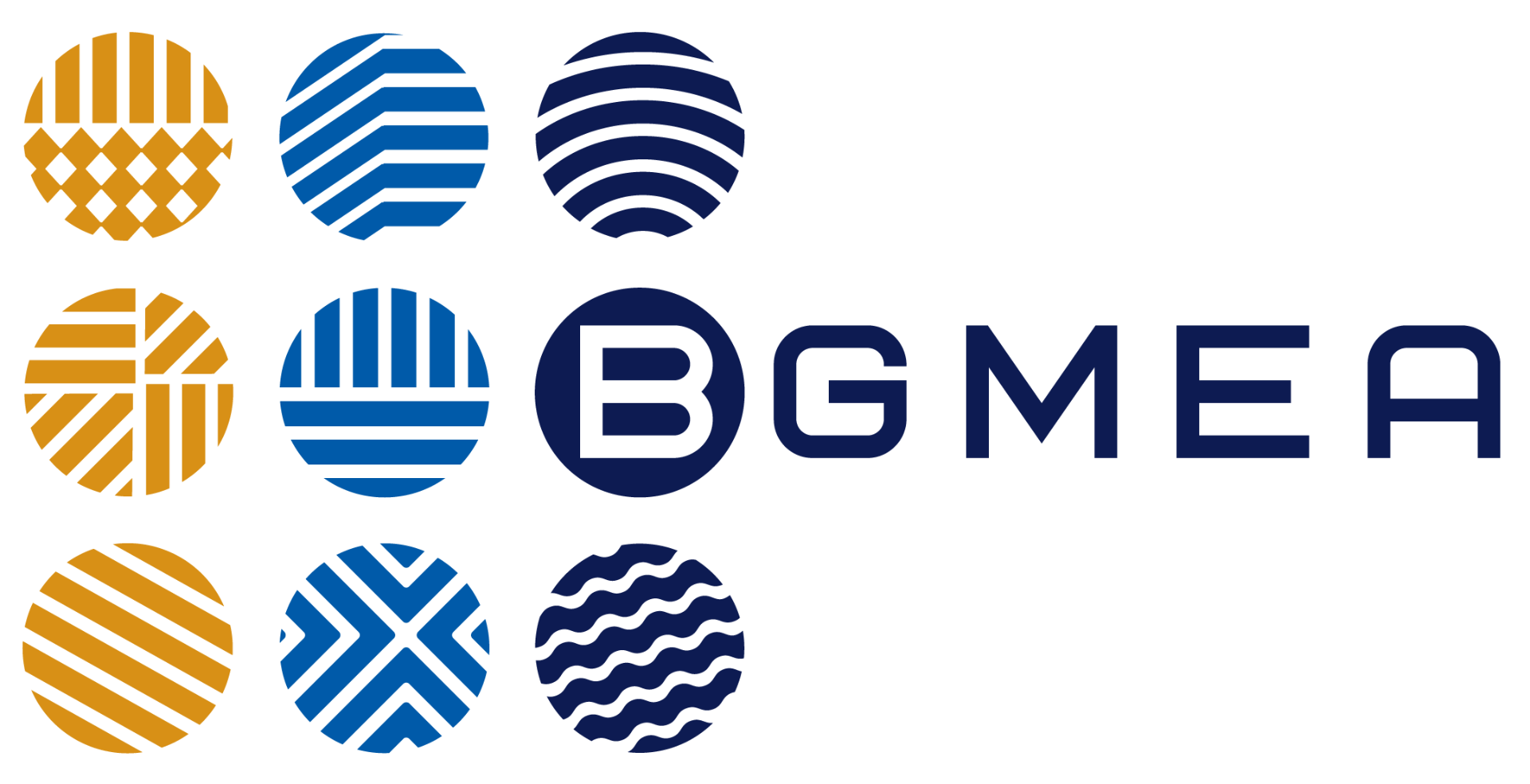Bangladesh's Garment Industry: Beyond cotton and towards a diversified future
Bangladesh's garment industry, a powerhouse of the nation's economy, is undergoing a metamorphosis. The industry is strategically moving beyond its heavy reliance on cotton and embracing a future rich with diversified fibers. This shift is fuelled by a comprehensive study commissioned by the Bangladesh Garment Manufacturers and Exporters Association (BGMEA) called "Beyond Cotton."
The need for diversification
The study serves as a wake-up call, highlighting the crucial need for Bangladesh to diversify its garment exports. While cotton remains a dominant player, the global market is demonstrably shifting towards non-cotton alternatives. Faruque Hassan, President of BGMEA, emphasizes the importance of the study: "This report provides a roadmap for us to not only adapt to the evolving global market but to thrive in it... This report opens up new horizons for Bangladesh, and we are excited to embrace the opportunities it presents."
Cotton's reign and the need to go beyond
Historically, cotton has been the cornerstone of Bangladesh's garment exports, accounting for a staggering 70 per cent in 2022-23. This translates to a significant chunk of the country's total garment export revenue, valued at $55.56 billion according to the Export Promotion Bureau (EPB).
However, the global market for non-cotton apparel presents a larger and faster-growing opportunity. This encompasses synthetics, regenerated fibers like recycled polyester, animal fibers such as wool, and even other plant-based alternatives like bamboo. By diversifying its export basket, Bangladesh can tap into this vast market and cater to the ever-evolving preferences of global consumers.
The global landscape, a market waiting to be tapped
According to the Economic Relations Department (ERD) of Bangladesh, non-cotton apparel comprised a whopping 54 per cent of the $505 billion global apparel market in 2021. Currently, Bangladesh only exports 29 per cent of its garments in non-cotton materials. The industry's ambitious goal is to double this share to a staggering $19 billion by 2025. This signifies a tremendous potential for growth and diversification.
China stands as the leading exporter of non-cotton garments, followed by India and Vietnam. While Bangladesh boasts a robust cotton garment industry, it's still a relative newcomer to the non-cotton market. However, with strategic development, Bangladesh has the potential to become a major player in this sector.
Advantages of going beyond cotton
Moving beyond cotton offers a multitude of benefits for Bangladesh. It allows the country to meet the ever-changing demands of global consumers. By providing a wider spectrum of fiber options, Bangladesh can cater to evolving consumer preferences and trends. Today's consumers are increasingly seeking versatile, affordable, and performance-driven clothing, which non-cotton fibers often excel at delivering.
Furthermore, expanding into non-cotton segments can solidify Bangladesh's position in the global apparel market, enabling it to compete more effectively with leading players like China, India, and Taiwan. Diversification allows Bangladesh to not only expand its export basket with non-cotton products but also cater to a wider range of consumer preferences. Additionally, synthetics and other non-cotton fibers can sometimes offer higher profit margins compared to cotton, especially considering the fluctuating prices of cotton. By incorporating non-cotton products into the export basket, Bangladesh broadens its potential customer base, leading to increased market share and revenue.
Charting the course to success
The "Beyond Cotton" study outlines a clear roadmap for achieving successful diversification:
- Developing a robust non-cotton supply chain:This entails investing in infrastructure, technology, and expertise to cater to the specific needs of non-cotton manufacturing.
- Embracing innovation and adaptability:Staying at the forefront of technological advancements and adapting to changing trends will be crucial for sustained success in the ever-evolving fashion world.
- Collaboration is key:Industry leaders, policymakers, and manufacturers need to work hand-in-hand to create a supportive ecosystem that fosters non-cotton production and export.
By embracing diversification, the Bangladesh garment industry can secure its position in the global market, cater to evolving consumer preferences, and propel further growth. This strategic shift paves the way for a future that is innovative, versatile, and adaptable to the ever-changing demands of the fashion world.

